Attendees at UCD’s Charles Institute Seminar Series recently heard a presentation from Dr Cédric Delevoye of the Curie Institute in France on the clinical aspects of melanin pigmentation
The Charles Institute, Ireland’s national dermatology research and education centre, hosts a range of guest speakers who cover a variety of topics ranging from skin cancer to psoriasis, among others.
The series, which is sponsored by RELIFE (part of the A.Menarini group), is designed to provide expert advice from a range of distinguished national and international experts in their respective fields and is chaired by Prof Desmond Tobin, Full Professor of Dermatological Science at UCD School of Medicine and Director of the Charles Institute of Dermatology. The seminars are broadcast to attendees with a special interest in dermatology and cutaneous science in other locations, who access the talks remotely via an audio-visual link.
Attendees heard a presentation from Dr Cédric Delevoye (PhD), Research Director at the Department of Cell Biology and Cancer at the Curie Institute in Paris, France, who delivered a talk titled ‘Skin Pigmentation Viewed From the Inside: The Journey of the Melanin Pigment’.

Prof Delevoye explained that skin colour relies mainly on two cell types, the keratinocyte and melanocyte and in the epidermis, melanocytes generate a membrane-bound organelle known as the melanosome, in which melanin pigments are synthesised, stored and transferred to neighbouring keratinocytes.
This process requires the integration of extracellular signals and their translation into intracellular events, which include the modulation of signalling cascades, gene transcription, membrane trafficking or cell-to-cell contacts that contribute to photoprotection.
Dr Delevoye presented a cell-biological overview of the membrane trafficking processes in melanocytes, leading to the generation of the melanosome, and he discussed how these trafficking pathways can be associated with inherited forms of albinism, among other clinical conditions.
He also spoke about recent work that reveals how the coupling of signalling and mechanics in melanocytes contributes to skin pigmentation and provided an overview of the intra- and extracellular events underlying one of the prominent features of humans.
Research
Dr Delevoye gave the seminar an overview of the research areas on which he and his colleagues are currently focusing, such as understanding the principles of the biology of skin pigmentation, however in the course of this research, this also sometimes presents the opportunity to identify defects in the pathophysiological context, he told the seminar.
He briefly described work he and his team have conducted on the biogenesis of melanosomes and recent research he has published on how epidermal cells communicate, and how this translates to intracellular processes. “Overall, what we are studying is how melanosomes are formed,” Said Dr Delevoye. “For them to be formed, they need to import some materials, but they also needs to export some materials in order to control their size, homeostasis, and therefore the function.
By understanding this, we can better understand the physiology of the skin pigmentation and the melanocyte pigmentation itself, but we can also better understand how lysosome-related organelles (like melanosomes) are formed. If this equilibrium between the import and export process are impaired, that can potentially lead to pigment-related disorders, such as albinism, that can lead to loss of visual acuity and skin cancer susceptibility,” said Dr Delevoye.
In conducting a number of studies, Dr Delevoye’s research has led to the identification of some source organelles that provide source materials to the melanosomes in order to build them. “More recently, we have also identified an export pathway that removes some materials
from the melanosome itself, providing evidence for this equilibrium between the import-export process,” he told the attendees.
Among this trafficking process, Dr Delevoye and his team have also identified the cellular function of BLOC-1, BLOC-2 and BLOC-3, leading to a better understanding of the biogenesis of the melanosome itself, but also the cellular functions of these BLOCs and when they are mutated, how they are implicated in conditions such as Hermansky-Pudlak Syndrome.
“In short, what we have identified is that BLOC-1… helps in the development of recycling tubules that will use BLOC-2 to connect the melanosomes in order to deliver the materials from endosomes to melanosomes, with BLOC-3 functioning more at the melanosomes to potentially recycle some materials back to the endosomes,” he told the seminar.
Pigmentation ‘dialogue’
He also touched on the melanocyte-keratinocyte ‘dialogue’ that occurs during skin pigmentation and told the attendees: “When you stimulate the melanocyte, either via UV-B or some factors that are secreted by the keratinocyte, one response of the melanocyte is to produce more caveolae and to polarise those caveolae at the base membrane… when keratinocytes secrete certain factors, this leads to an increase of cAMP, which launches the pigmentation process, and this is under the control of the caveolae.”
Dr Delevoye summarised that caveolae contribute to melanin transfer in the epidermis, and he provided an overview of how caveolae couple the cells’ signalling and mechanics processes: “Caveolae are a kind of molecular platform that is used by melanocytes to translate the
information sent by the keratinocyte into intracellular events that are required for pigmentation. Those intracellular events are actually modulating… the [cAMP] production that is needed for pigmentation, and also for controlling the capacity of the melanocyte to change its shape and to have the capacity to establish more contact with
the keratinocyte.
“The ultimate goal of that is to produce pigment, but also to create the suitable environment for pigment transfer, because the overall intention is to send the pigment to the keratinocyte that is potentially exposed to UV light,” Dr Delevoye continued.
“Potentially, the idea is to send the pigment to photoprotect the keratinocyte. I think it is interesting, conceptually speaking, to see that the keratinocyte, in addition to secreting molecules that will activate the melanocyte, is also able to control, at a distance, the amount of caveolae that can be produced by the melanocyte,” he explained.
“So here you have a system where the melanocytes have this molecular platform, but the keratinocytes can control how this platform can work,” Dr Delevoye told the seminar. “So you anticipate that the keratinocytes have a ‘hand’ on the melanocyte and can really control its function, because in the end, the goal for the melanocyte is to provide the pigment to the keratinocyte.”
This summarises how we can form in tissue what we call the ‘epidermal melanin unit’, the system whereby you have the melanocyte interact with multiple keratinocytes
He added: “This summarises how we can form in tissue what we call the ‘epidermal melanin unit’, the system whereby you have the melanocyte interact with multiple keratinocytes. It is based on those two cell types and it is also based on the ability of the melanocytes to generate melanosomes, and the capacity of those cells to respond to stress and stimulation, like UV light, for example.”
However, he stressed that with this synopsis of the process, there are many steps that are required to orchestrate this communication in the epidermal melanin unit, from signal transduction to membrane trafficking, that will allow the biogenesis of melanosomes to change melanocyte plasticity and melanocyte-keratinocyte contact to eventually send the pigment to the keratinocyte and package the pigment in the keratinocyte in order to photoprotect the genetic materials.
Dr Delevoye’s presentation generated high interest during a lively and interactive Q&A session, during which Prof Tobin raised the issue that with regard to melanoma, it is known to some extent that disruption of the epidermal melanin unit happens as a precursor to some of the instability that occurs in the cell biology of melanoma.
“The curiosity in some cases, even in naevi or moles, is the loss of the normal ratio of melanocyte to keratinocyte,” said Prof Tobin. “If you consider the fact that the melanocyte is essentially a post-mitotic cell, permanently positioned on the basement membrane, around which there is a highly ‘teenager’-like keratinocyte — moving, dividing, proliferating — with the ‘wise old’ melanocyte trying to cope with all that apparent chaos.
“Given that you are putting a lot of control of the melanocyte at the foot of the keratinocyte,” Prof Tobin continued, “from your cell culture studies, to what extent do you believe that melanocytes deviating from that primary relationship with keratinocytes (such as freckles or naevi) to what extent is this disturbance in the melanocyte / keratinocyte relationship important in terms of how that melanocyte behaves subsequently?”
Dr Delevoye responded: “We have started to check on the caveolin status, for instance, and we have found that indeed, in terms of level of expression of caveolin-associated proteins, there is clearly some correlation between either the capacity of melanoma cells, a correlation between the invasion phenotype of melanoma cells, and the change in pigmentation,” he explained.
“I believe that at some point, if there is something that leads to a disconnect with those cells [which affects how they] interact, either physically or through secretion of factors, they become a little out of control. Presumably, other systems take the lead to control that, for instance in the naevi, where it somehow controls that abnormal multiplication… I have the feeling that if you disconnect them, caveolae could potentially have a function in trying to maintain the link between the two cells. They can start to function a little abnormally… if this gets out of control, of course it then becomes a problem.
“I really think that caveolae, with their capacity to tune the intercellular signalling but also membrane plasticity, have to be really tightly controlled in order to avoid disrupting this communication. In the case you mention, I would think this disconnect is critical and we really need those cells to be in contact with each other,” concluded Dr Delevoye.
RELIFE has had no input into the content of this article or series of seminars


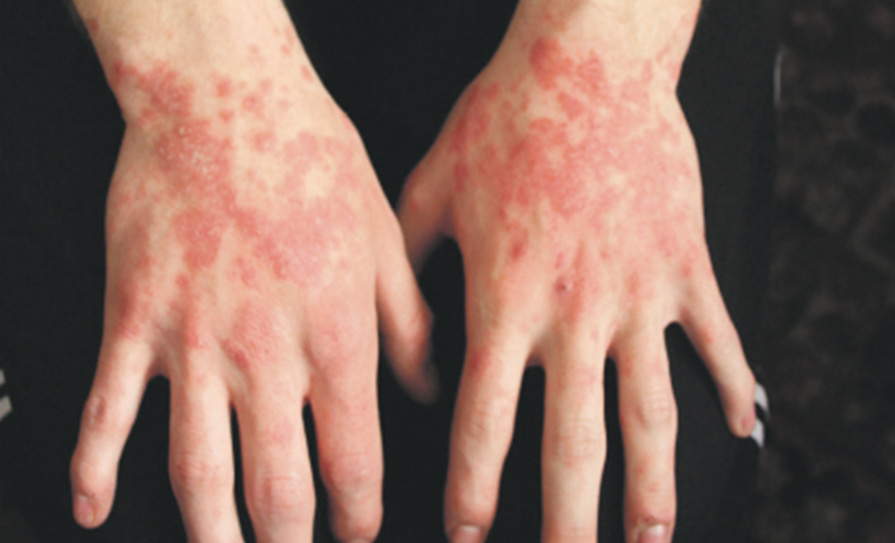
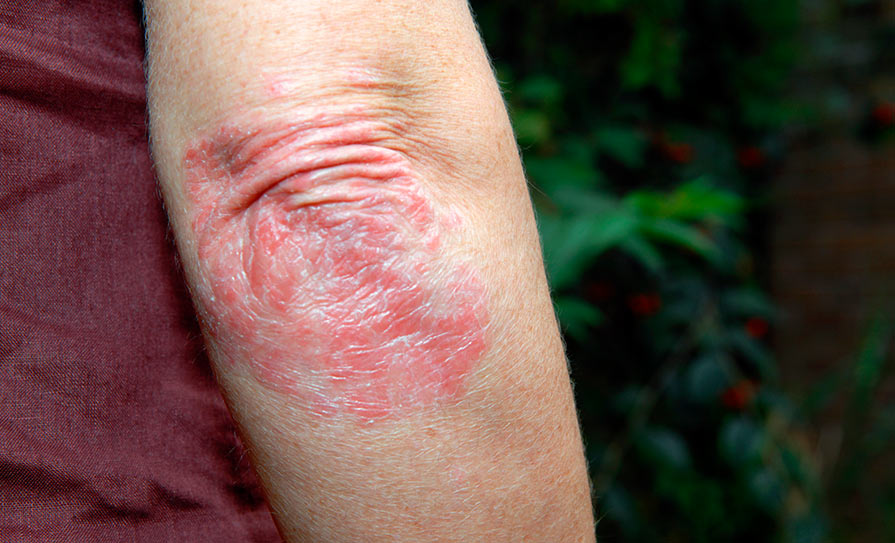

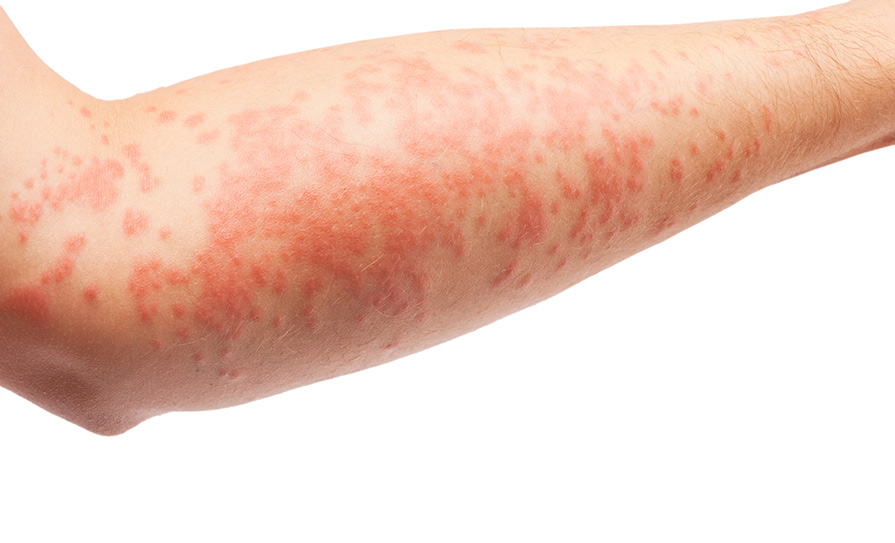

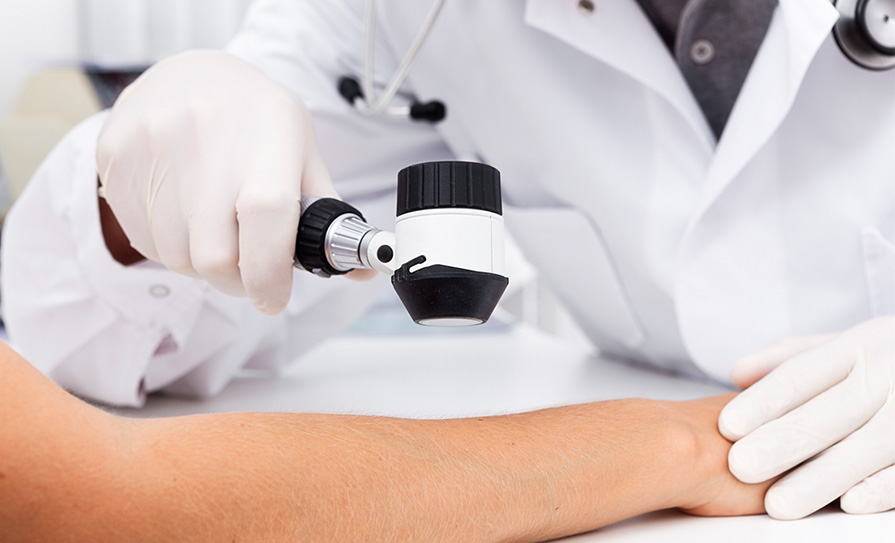
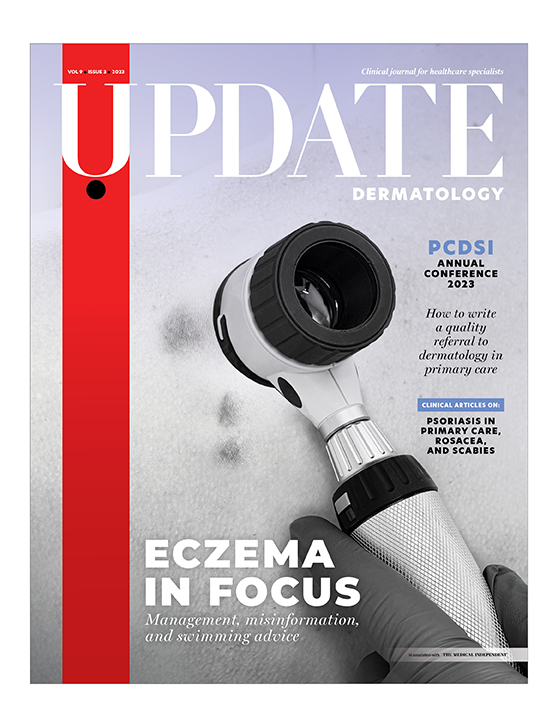




Leave a Reply
You must be logged in to post a comment.